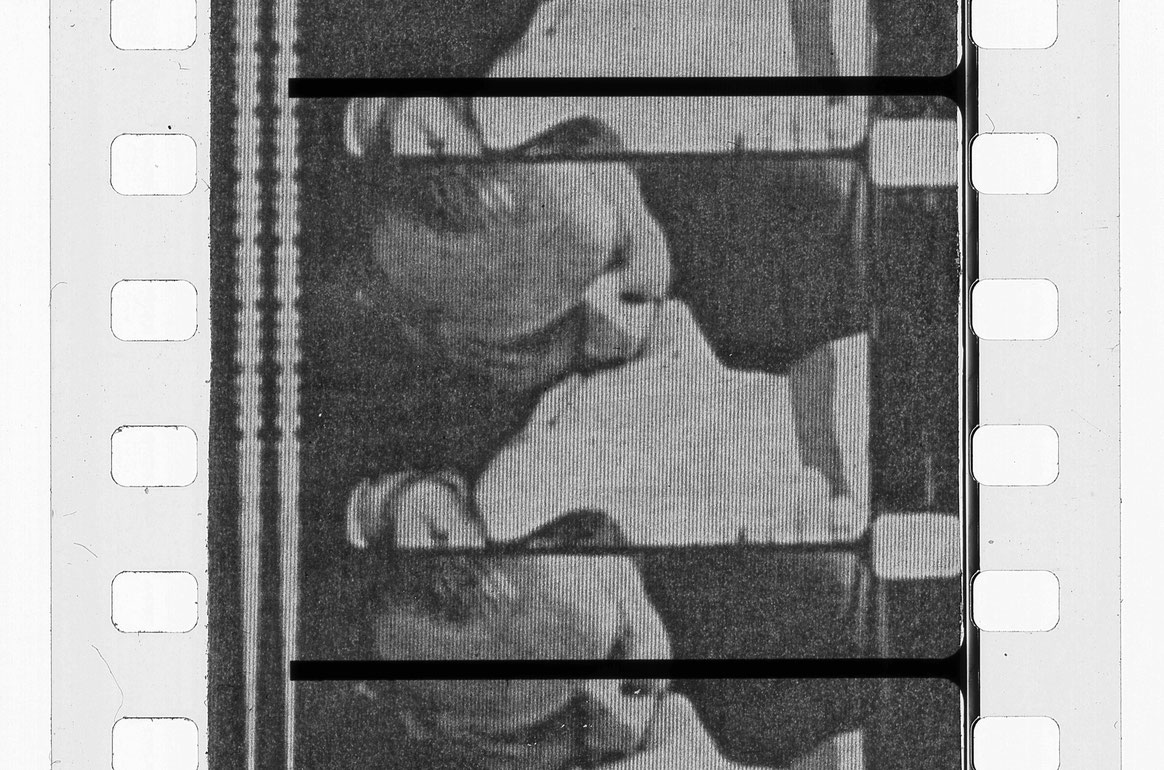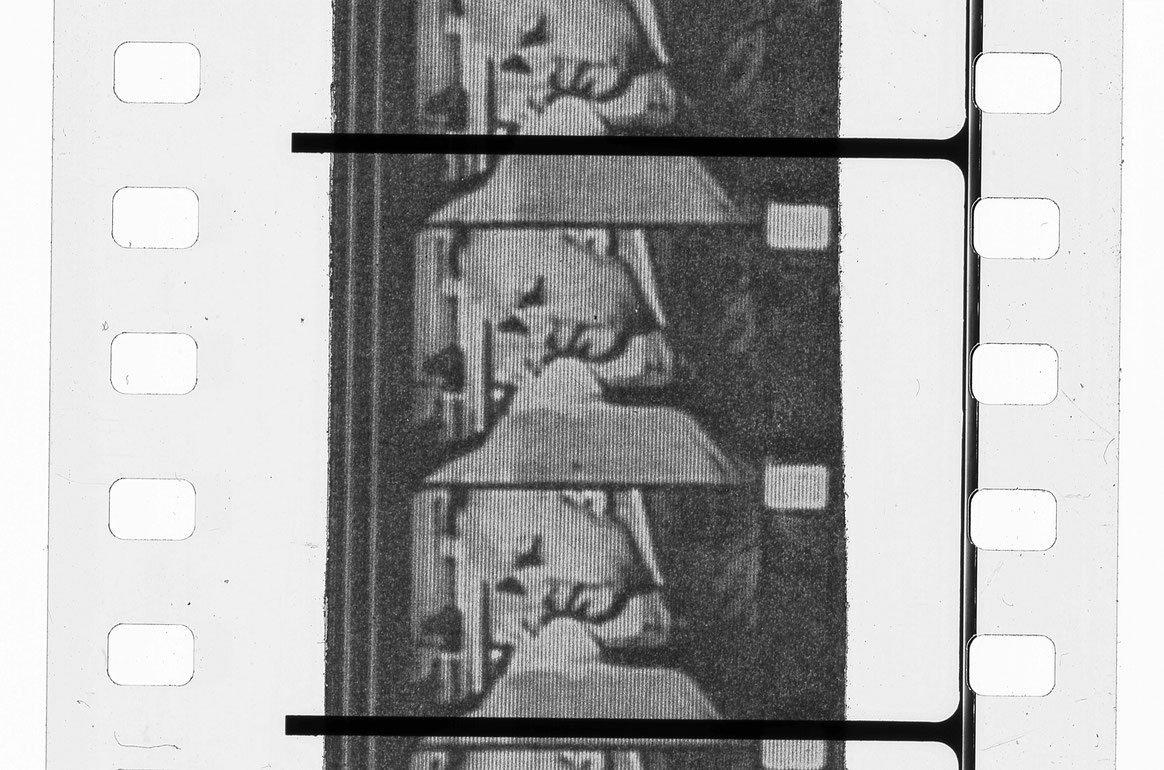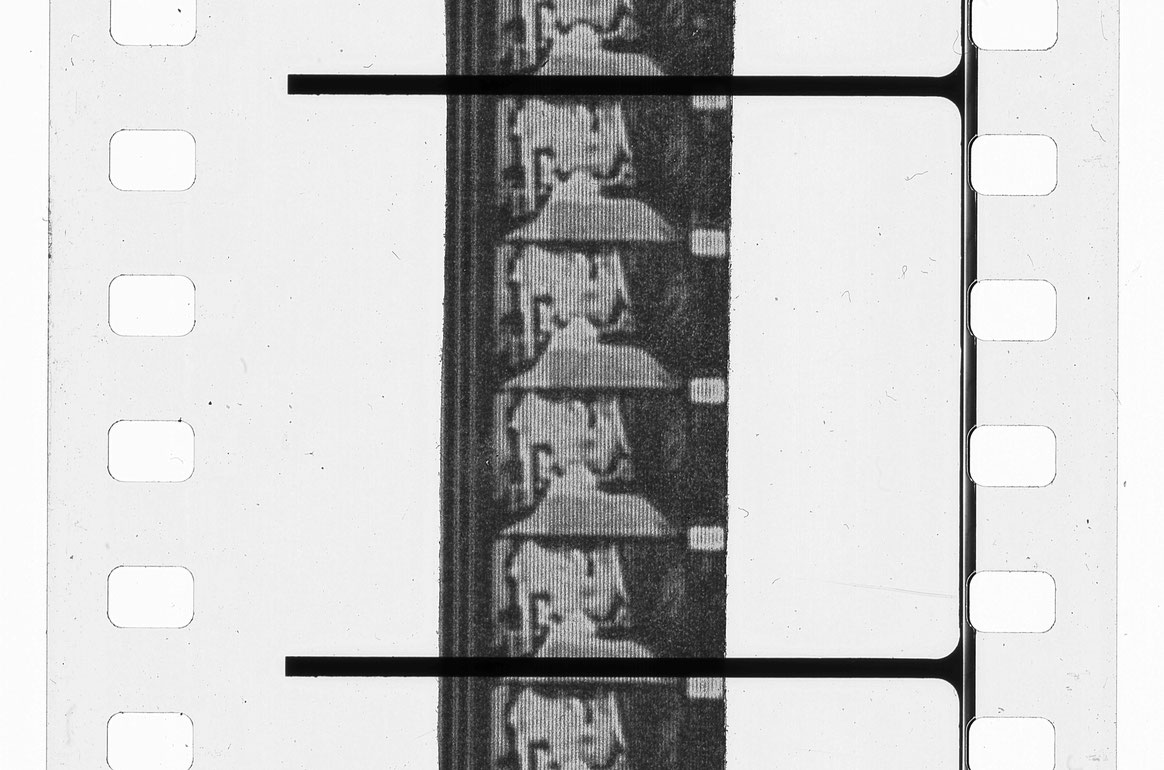Blow-Up
With extraordinary verve, Siegfried A. Fruhauf has made a name for himself in contemporary Austrian filmmaking in only a few short years. Fruhauf not only carries on the fertile tradition of avant-garde filmmakers from Upper Austria (Kubelka, Export, Weibel and Brehm, to name a few), he has also succeeded in discovering an approach to "structural" filmmaking which never fails to surprise.
Fruhauf´s films follow a discernible order, a concept which is worked out in advance. What was considered an "avant-garde" panacea in the late 70s, which more often than not turned into sheer academicism, is in his case broken up with humor. Fruhauf´s films are made with a wink and a nudge, and they draw their strength from an unbounded joy in experimentation with the material.
The raw material used in Blow-up comprises two shots from an old educational film about first aid: A man demonstrates mouth-to-mouth resuscitation on a life-size dummy; the dummy´s chest rises and falls.
Fruhauf introduces this scene into his own métier, turning the "blow-up" metaphor into an image with a false bottom. With the aid of a digital photocopier, the strip of film was reduced in size to a narrow ribbon, and Blow-up shows this transformation in reverse: The ribbon is resuscitated, swelling gradually until the initial image is recognizable and, in the end, fills the screen. And this would not be a Fruhauf work if this educational film on the cinematographic body did not conclude with a roguish smile....
(Peter Tscherkassky)
Blow-Up indexes the defilement of celluloid within a breathy rhythm that duly organizes the representational ensemble. Défilement is liberated from the dispositif’s fatality and the emblematic “24 times a second” of the image, cinema’s motor-energy then coming from a deeper, more perennial site: rhythm, even (we must say) the original ruthmos, which guides the mouths in Blow-Up to open and shut, the images to expand and retract, phenomena to beat and pulse.
(Nicole Brenez)



